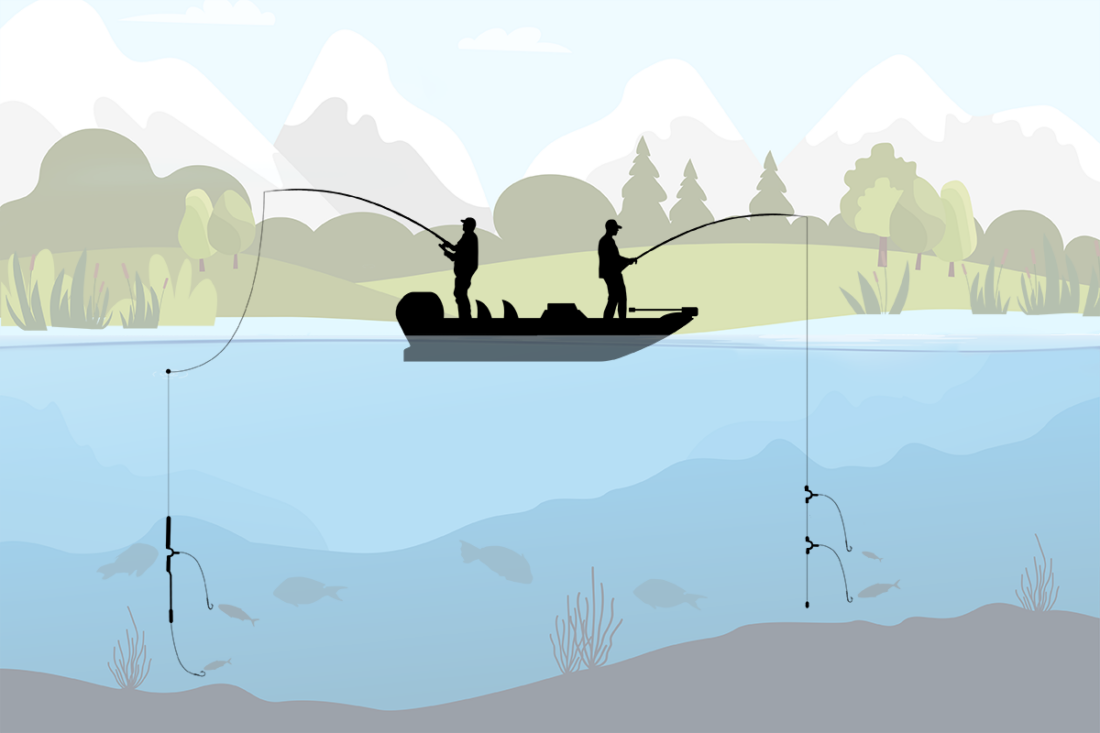Still fishing, also known as stillwater fishing, is an easy method that can be used by both beginners and professionals. Most beginners start with still fishing since, unlike cast and retrieve fishing, it doesn’t require you to continuously move the line. With still fishing, you simply drop your bait into the water and wait for a hungry fish to come along. This makes it a great method for beginners who want to use bait.
Stillwater fishing is probably not the best choice for those who want to try fly fishing because the movement caused by casting and retrieving the fly rod can be distracting to the fish. There are, however, special methods beginning fly fishermen can use, especially when trying to catch trout in still water.
How to Practice Still Fishing
There are a lot of options when it comes to still fishing. It can be done from practically anywhere – bridges, piers, boats and from the shore. Even if you prefer not to anchor your boat, you can still use the method of still fishing known as drift fishing.
Depending on how deep the water is and what kind of fish you’re trying to catch, you’ll have different options for how low to drop your bait. You can fish near the surface, at mid-level, or if you prefer to catch bottom-dwelling fish, you can try using a float or bobber.
When it comes to choosing your fishing rig, you’ll want to base the types of hooks and bait you use on the type of fish you’re trying to catch. Midges, for example, are known to be great for catching stillwater trout in the winter. But when it comes to still fishing, the main thing you’re going to need is patience, because it can take a while to get a bite.
One great thing about still fishing is that you aren’t limited to a certain part of the day – you can fish at any time and during most seasons.




